A Look at The Unknown and Controversial Photography Career of Lewis Carroll
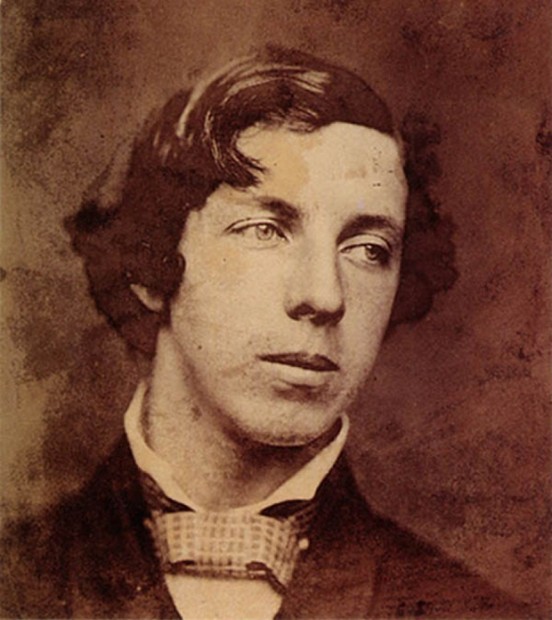
He’s known as the author behind the famed Alice’s Adventures In Wonderland by most, but the breadth of his disciplines goes far beyond literature. Charles Lutwidge Dodgson, more commonly known by his pen name, Lewis Carroll, was also a logician, mathematician, an ordained minister and a photographer… yes, a photographer.
In this article, we’ll share a collection of his work as we dive into his upbringing, his photography career and the controversy that surrounds it to this day.
Who is he?
Charles Lutwidge Dodgson was born on January 27th, 1832, in Cheshire, England, to parents Frances Jane and Charles (there were at least four generations in the family with a male named Charles). His early youth consisted of education at home — fairly typical for 19th century children — and his archive of books that were saved through the years show just how promising his intelligence was at an incredibly young age.
However, from the time he could speak, Dodgson suffered from a stammer — a speech impediment that often caused him to stumble over his own words. It was this impediment that led him to Richmond Grammar School. From Richmond Grammar School, Dodgson transferred to Rugby School where, although he showed much dislike towards the sport, he excelled. One particular professor noted “I have not had a more promising boy at his age since I came to Rugby.”
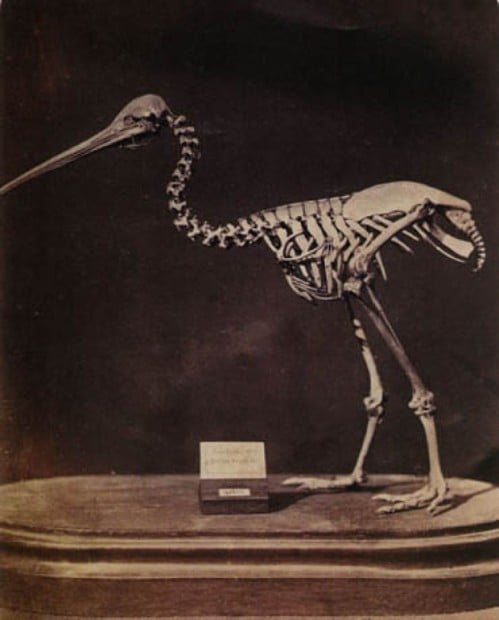
Upon leaving Rugby, Dodgson enrolled at Oxford under a member of his father’s college, Christ Church. But his stay at the school was short-lived. Two days after arriving in his dormitory, Dodgson was sent home after his mother tragically passed away.
As with his early educational career, college proved somewhat difficult for Dodgson as he tried and often failed to balance his enormous intelligence with the repercussions of distraction that often come with it. Ultimately, he graduated with a Bachelor of Arts before returning to Christ Church as an educator, where he would work most of the remainder of his life.
From graduation on, Dodgson’s life seems to be a conglomeration of various skills, works and disciplines, almost all of them intertwining to some degree. Of course, from today’s perspective, his most notable career is that of writing, as it cemented his pen name in pop culture. But only acknowledging his literary accomplishments would do him a grave injustice. Which is good for us, because beyond writing, teaching, inventing, painting and mathematics, Carroll also took an interest in photography.
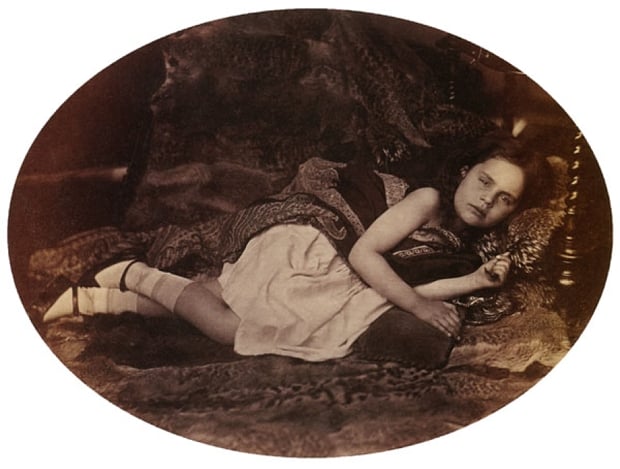
Photography work
In the days when photography was just starting to establish itself as an art form, Dodgson took notice of the extremely precise and mathematical aspects of it. Influenced by his uncle Skeffington Lutwidge and his friend Reginald Southey, he picked up the hobby and — as with just about everything he tried in his life — he excelled almost immediately.
Throughout his 24-year career as a photographer he became a master of the medium, boasting a portfolio of roughly 3,000 images and his very own studio. His subjects were most often people, although he also photographed landscapes, dolls, dogs, statues, paintings, trees and even skeletons, as seen above.
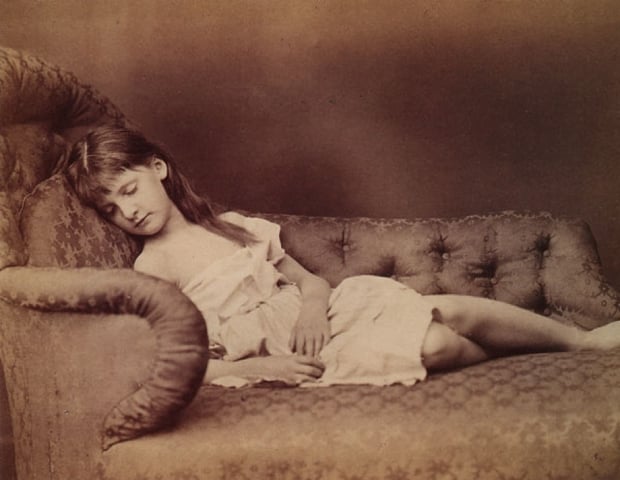
Dodgson considered making it more than just a hobby in the early years of his photographic career, but nothing ever came of it, and to this day we have no idea why. In 1880 Dodgson ended his photo career after the dry-plate process replaced the wet collodion process he had spent so many years mastering. It’s been said that he believed the switch to the dry plate process made photography too easy; so much so that anyone could do it (sound familiar?).
How is it then, that after an extremely successful 24-year career in photography and with a portfolio consisting of over 3,000 images, many people have never known of “Lewis Carroll” as a photographer? Well, there are a few possible reasons, two of which stand out.
The first is that much of his photographic portfolio is missing. Fewer than 1,000 images have survived. And while there’s no definitive reason for this, my research indicated that time is to blame and has destroyed much of his work, as the wet collodion process wasn’t always permanent.
But it wasn’t just time that destroyed his work. It seems many of his photographs have been deliberately ‘erased,’ similar to how many of his writings have been cut and ripped out of his journals, which leads us to the next point.
![]()
Controversy
From around the 1930s on, biographers and scholars alike have questioned the motivation and nature behind Dodgson’s relationship with the younger females in his life.
While nothing is certain at all, it’s widely known that many of the subjects in his writing, as well as his photography and paintings, were young girls… usually between the ages of 10-15. Speaking specifically to his photographic work, it’s said that over half of his remaining portfolio depicts young girls, many of whom are nude or semi-nude.
His affection for younger girls, many of whom inspired the stories he wrote, has led many to hint at or downright conclude that Dodgson may very well have been paedophilic in nature.
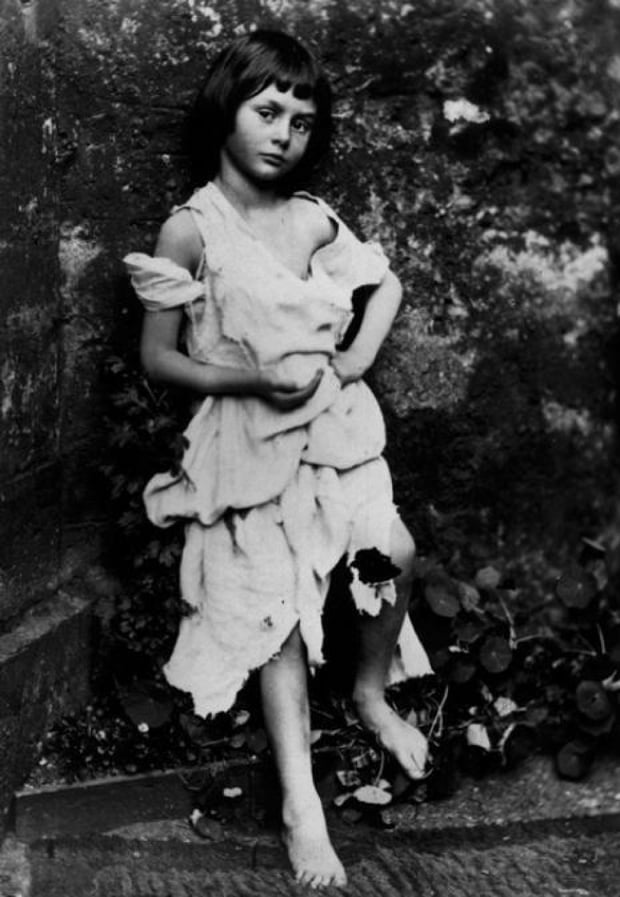
The young girl most often associated with these claims is none other than Alice Liddell (pictured above), daughter of a family friend of Dodgson. In both his writings and photographic work, she and characters in her likeness came up consistently — most notably as the inspiration for the protagonist in Alice’s Adventures In Wonderland — despite him saying any connection was merely coincidental.
And not only was the use of Liddell in his works part of the controversy, Liddell later named one of her own children Caryl, a name rather similar to Dodgson’s pseudonym. However, as did Dodgson, Liddell claimed it was merely coincidental.
The entire controversy is an almost century-long debate, and one that doesn’t seem to be making any major progress in either direction. And so we’ll drop the debate and focus on the photography instead.
Below are a few more photographs from his collection:
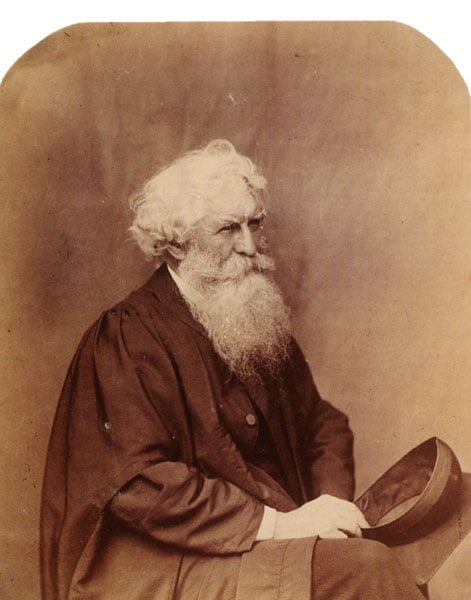
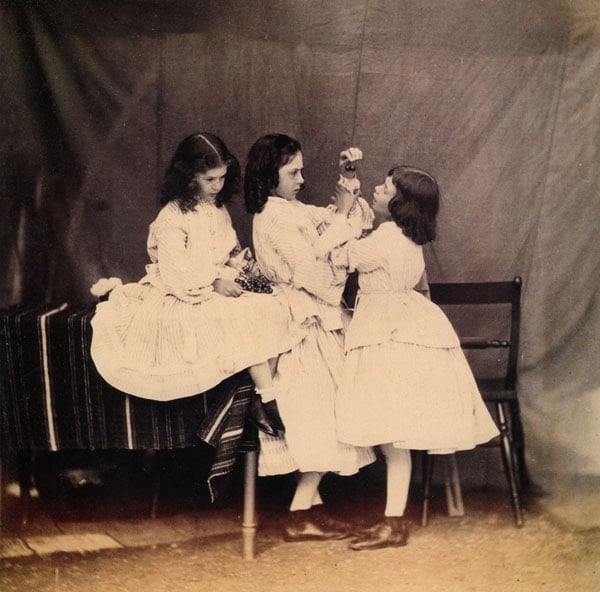
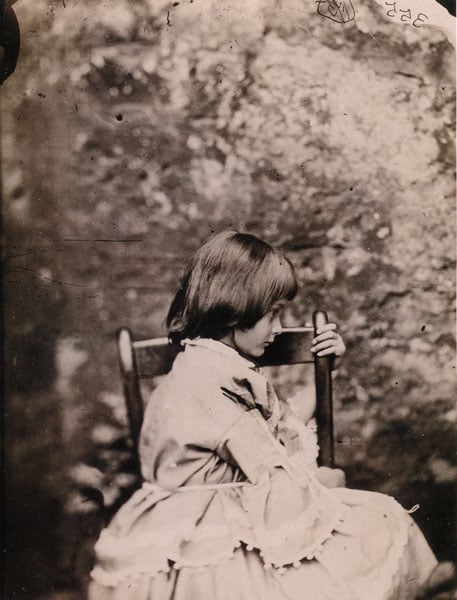
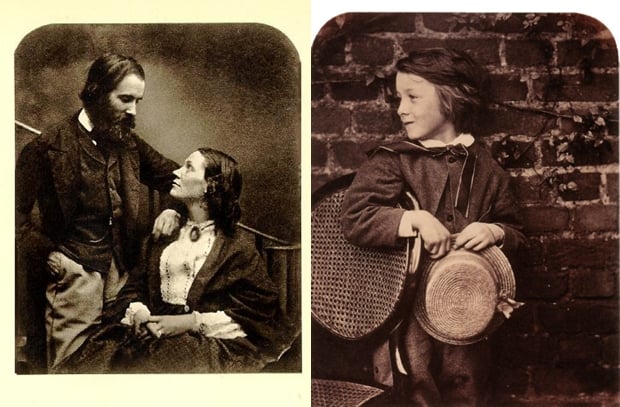
We may never know who Charles Dodgson was on a psychological level. But as someone who is known to the public ONLY as a writer, it’s fascinating to discover that he spent two and a half decades making a name for himself as a prolific photographer.
Hopefully you’ve enjoyed this look into the unknown photographic life of Charles Dodgson, or rather Lewis Carroll. I’ve linked as many sources as I came across while writing this article, so if you’d like to take a more in-depth look at his life, I would highly suggest doing so. He was a brilliant man of many trades, whose life is full of interesting work.
Image credits: Images by Charles Dodgson, courtesy of Amadelio